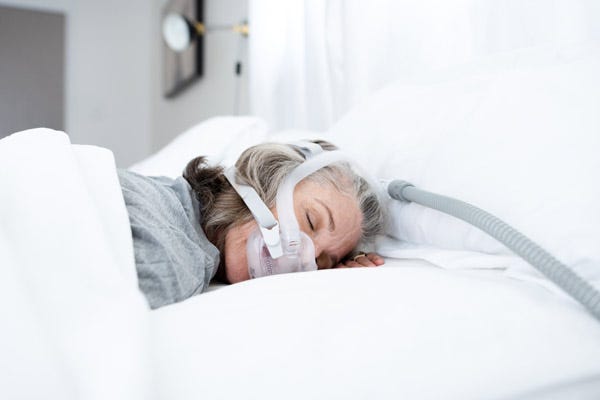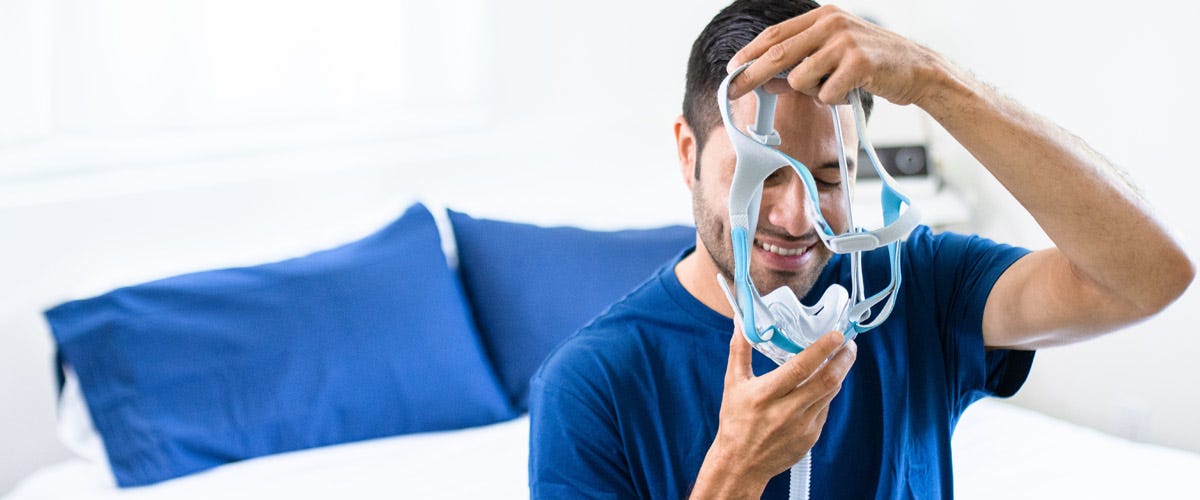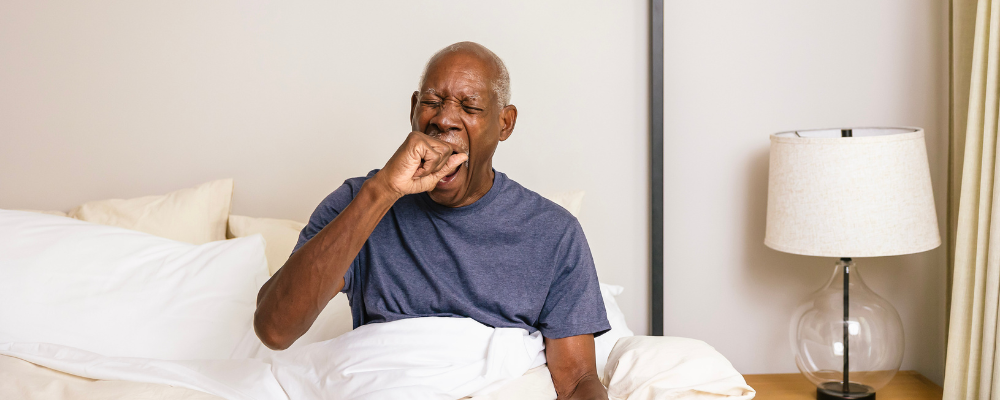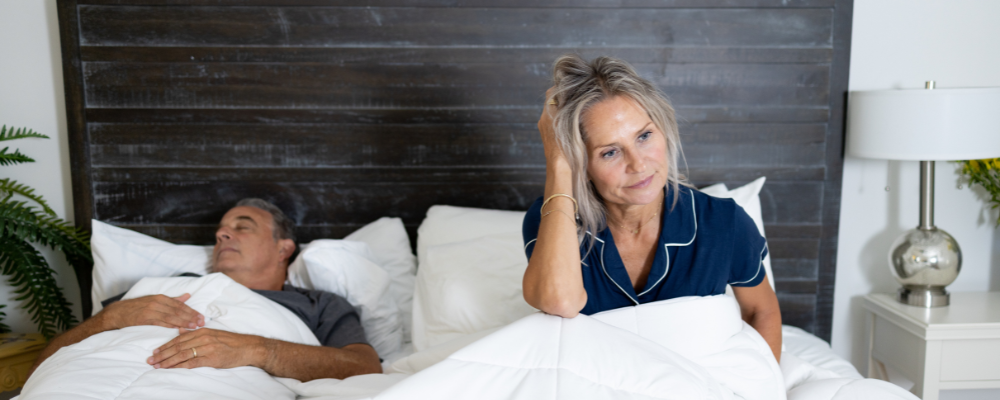When people are first diagnosed with obstructive sleep apnea (OSA) and prescribed CPAP therapy, they are presented with a few different options for obtaining their machine. If paying out of pocket, patients will cover the full price of the CPAP machine up front. When qualifying through insurance, patients must demonstrate CPAP compliance in order for the cost to be covered by the insurance company. Why? Insurers want to know that you’ll actually use the equipment and adhere to therapy if they’re going to cover the costs of CPAP. Let’s take a look at what exactly CPAP compliance entails and some ways to help you succeed!
What Is CPAP Compliance?
CPAP compliance, also known as CPAP adherence, is the measurement of how often and how long you use your CPAP (continuous positive airway pressure) machine to treat your sleep apnea. The exact requirements differ from company to company. Medicare and most insurance plans require you to use your CPAP for at least four hours per night for at least 70% of the nights during a consecutive 30 day period in the first three months of usage. Some plans may then require a follow-up appointment with your healthcare provider.
Why Do People Fail CPAP Compliance?
Let’s be honest, many patients feel overwhelmed when diagnosed with sleep apnea. The prospect of facing long-term CPAP use can be difficult to accept. Adjusting to wearing a mask and using a machine with the right setting takes time. CPAP therapy is the most effective treatment for sleep apnea, but therapy can be challenging.
You’re not alone if you’re having a hard time not only adjusting to treatment, but adhering to CPAP compliance. 46 to 83% of patients with obstructive sleep apnea have been reported to be non-adherent to treatment.
There are several problems that can cause patients to abandon their PAP therapy, including an incorrectly fitted mask, dry mouth, skin irritations, air leaks, discomfort due to claustrophobia, and anxiety. Finding the right (and most comfortable) mask is probably one of the most common hurdles CPAP users run into.
After that, it’s usually the time it takes to simply get used to therapy. However, you can overcome these challenges. Aeroflow Sleep Coaches can help you address any concerns you have about adhering to treatment and meeting your compliance goals.


Don't give up - It's hard to deal with change and it takes time to get used to, but don't give up and keep trying to make it a daily habit. When you lay down in bed with your CPAP, it's all for your health and well-being. Keep in mind how vital PAP therapy is to sleep apnea treatment, and just how dangerous the condition is if not treated.
Tips to Successfully Reach CPAP Compliance
- Understanding how CPAP therapy works will give you a better idea how the air pressure keeps your airways open and helps decrease your AHI (apnea-hypopnea index), which is the measurement of how many times you stop breathing in an hour of sleep.
- Recognizing that consistent CPAP usage can open up a new world, one in which you don’t suffer with daytime sleepiness and brain fog. Your risk for cardiovascular disease, obesity, high blood pressure, and diabetes decreases significantly as well.
- Finding the right mask/right mask fit is a crucial step for acclimating to treatment. The style of mask you select will depend on your individual needs - the position you sleep in, how you breathe, your nighttime routine, etc.
- As with all things, practice makes perfect. Start slow - getting used to sleeping with a CPAP mask on is a challenge, but with time and patience, you’ll grow accustomed to it, and soon you won’t want to spend a night without it. Try wearing the mask while watching TV or reading before bed to get used to the pressure.
- Be prepared to make adjustments. CPAP therapy is unique for each sleep apnea patient. While you’re getting used to the mask, you may experience pressure leaks, dry mouth, or other side effects. These are all perfectly normal, and require simple adjustments to correct. Don’t get discouraged!
- Maintaining a regular sleep schedule regulates your body’s internal clock, which in turn makes it easier to fall asleep at night and wake up in the morning.
- If you are experiencing dryness or discomfort, try humidification. A CPAP humidifier helps you avoid dry mouth (which nearly 40% of CPAP patients experience) along with dry nose, running nose, chapped lips, sinus-type headaches and nosebleeds.
- To keep your CPAP machine operating at peak performance, ensure durability and to avoid any potential respiratory infections, it is imperative that you clean your CPAP equipment and supplies regularly.
- Find a sleep apnea support group. Being a part of a community allows us to support one another, interact without fear of judgement, and share our experiences and struggles. Consider joining your local A.W.A.K.E. group, or search for an online support group.
- Call your durable medical equipment (DME) provider for help. Aeroflow Sleep is committed to improving each of our patients’ quality of life through compassion, excellent service, and exceptional products. Each of our patients receive a dedicated Sleep Specialist to help them on their journey to a better night’s sleep and a better quality of life.
Getting used to CPAP treatment requires time, patience, and perseverance, but the benefits are worth it. Your quality of life will improve dramatically. Commit to yourself. Commit to reaching the compliance milestone. And if you have any problems along the way, contact Aeroflow Sleep – we have a staff of clinicians and sleep coaches to help you get through the compliance period and the duration of your sleep apnea treatment.







